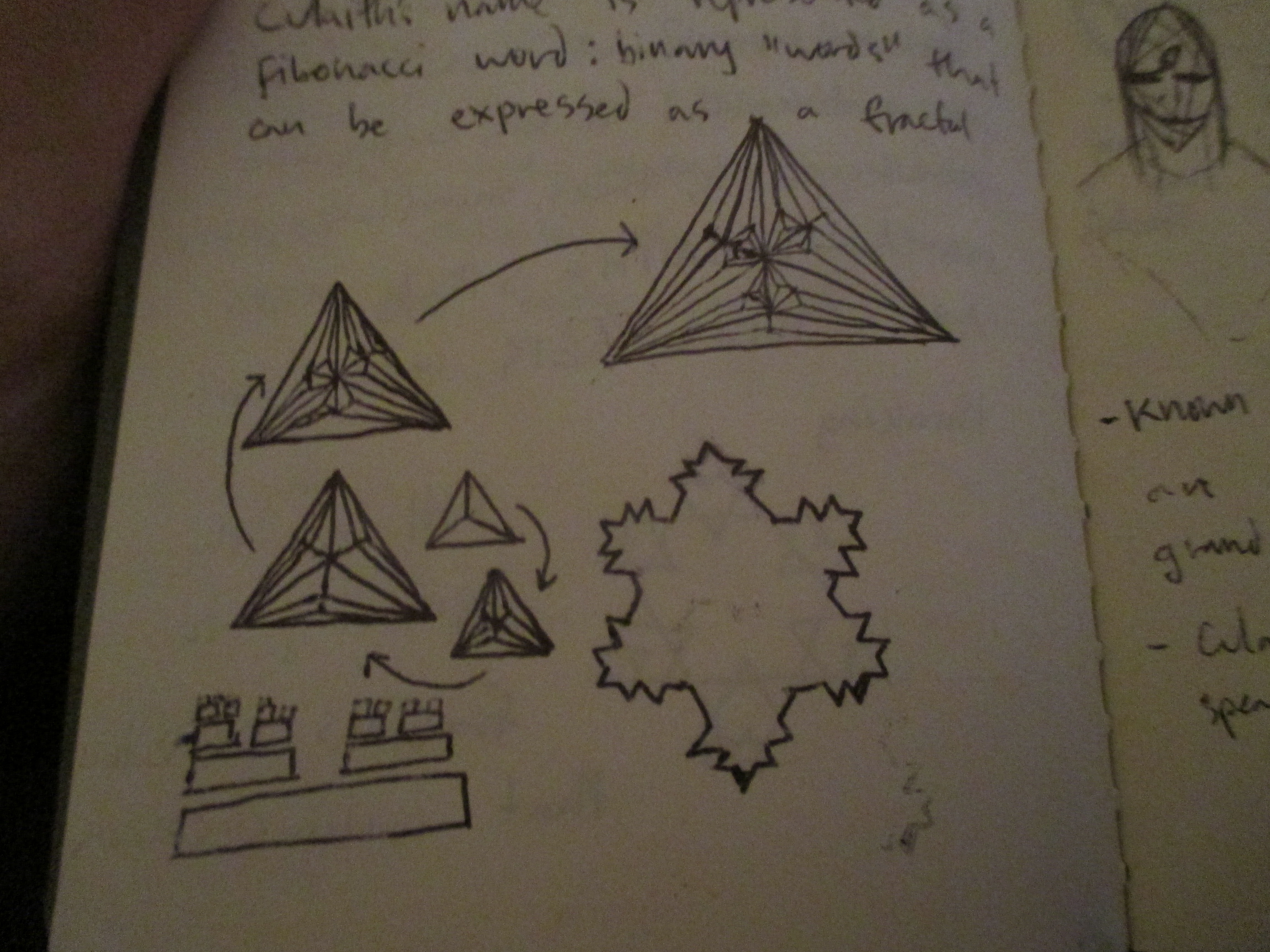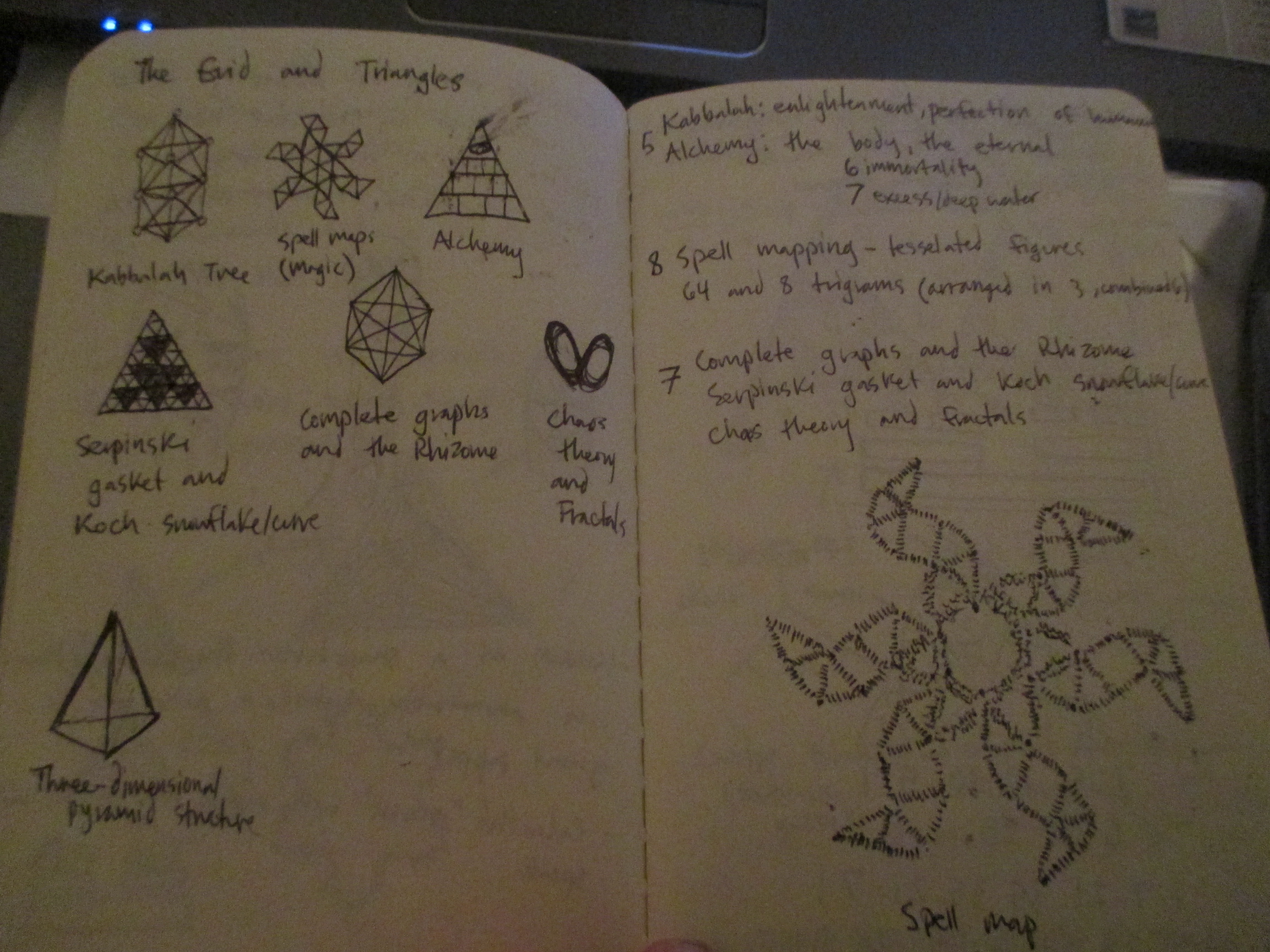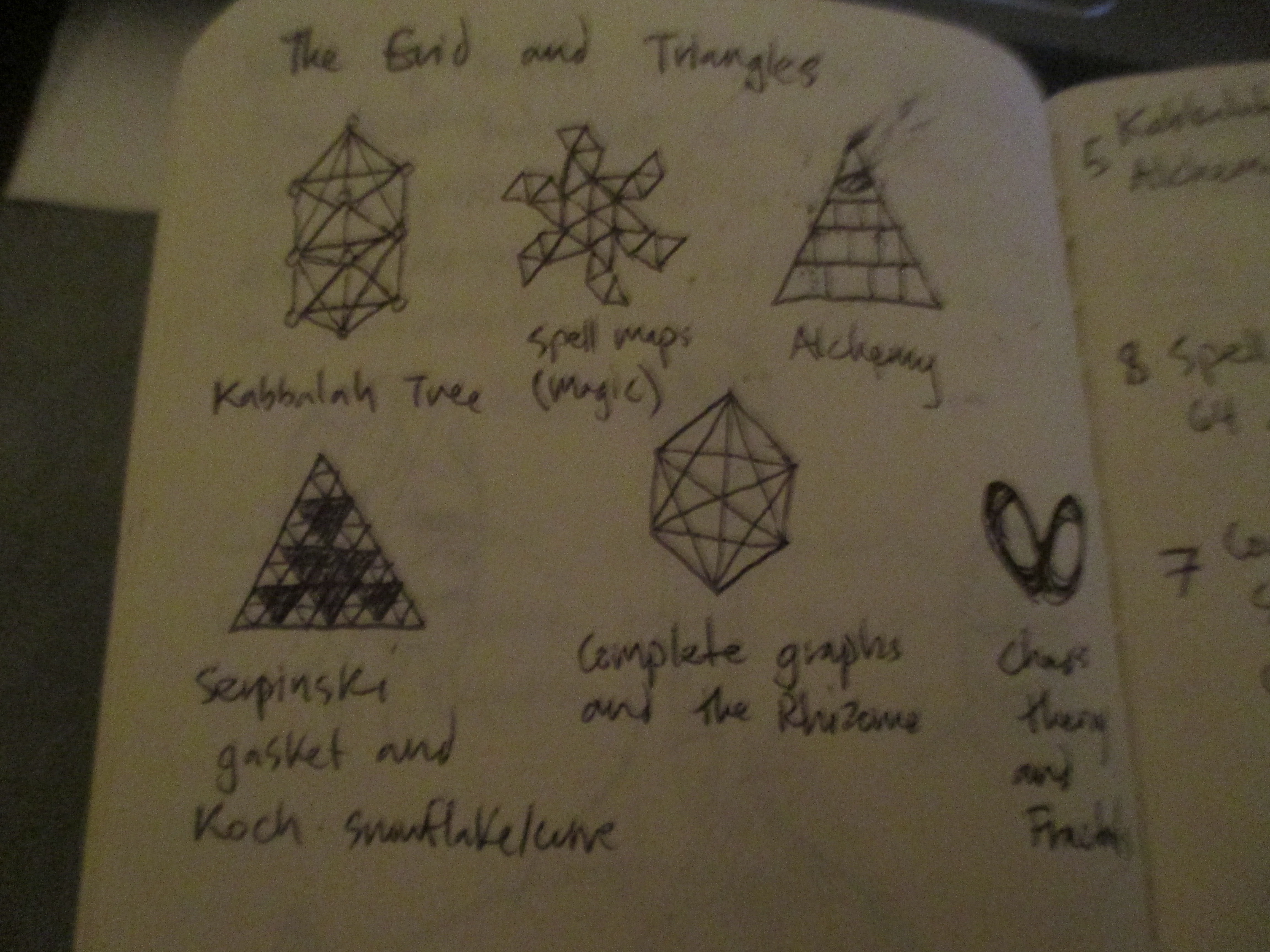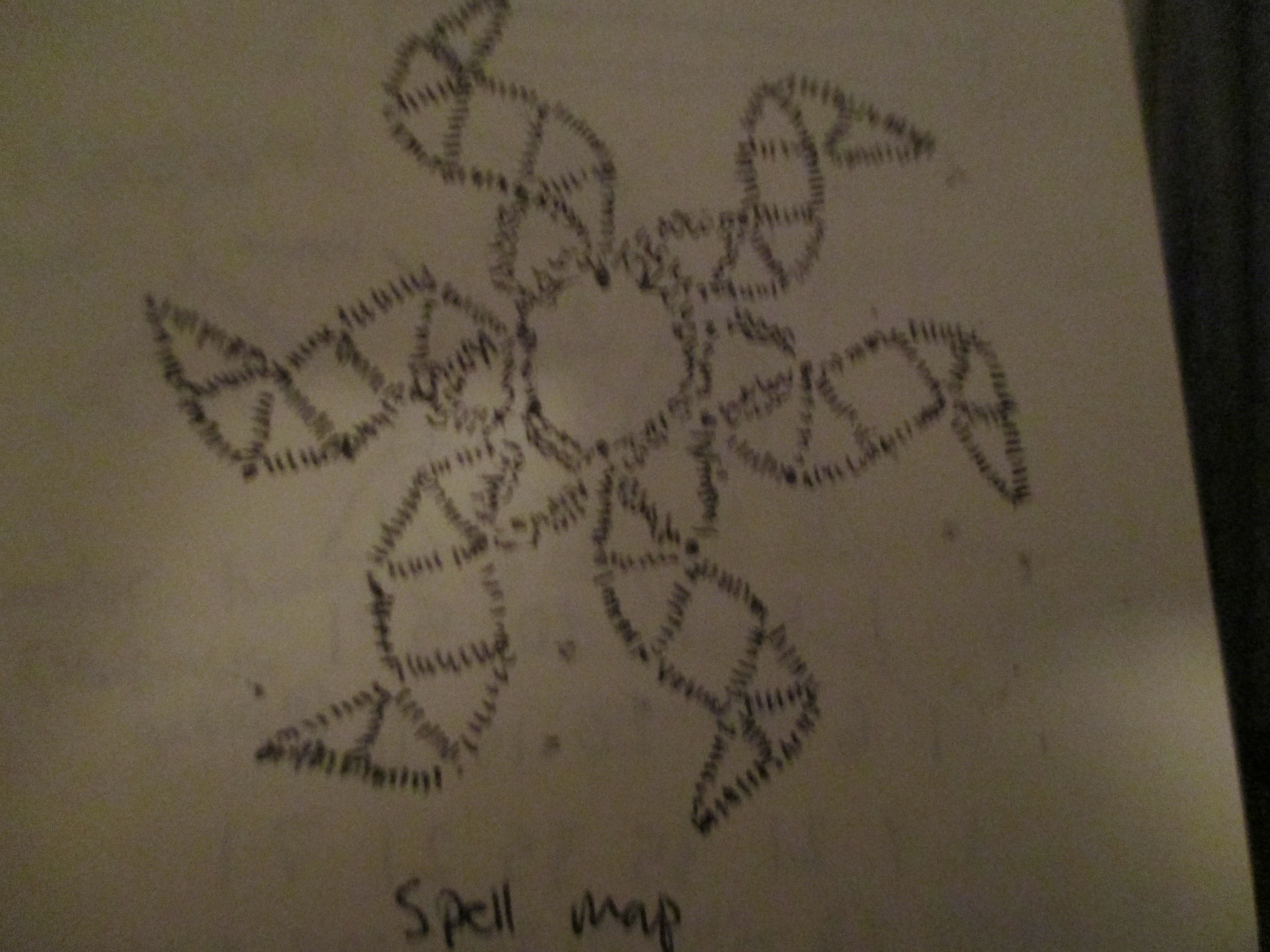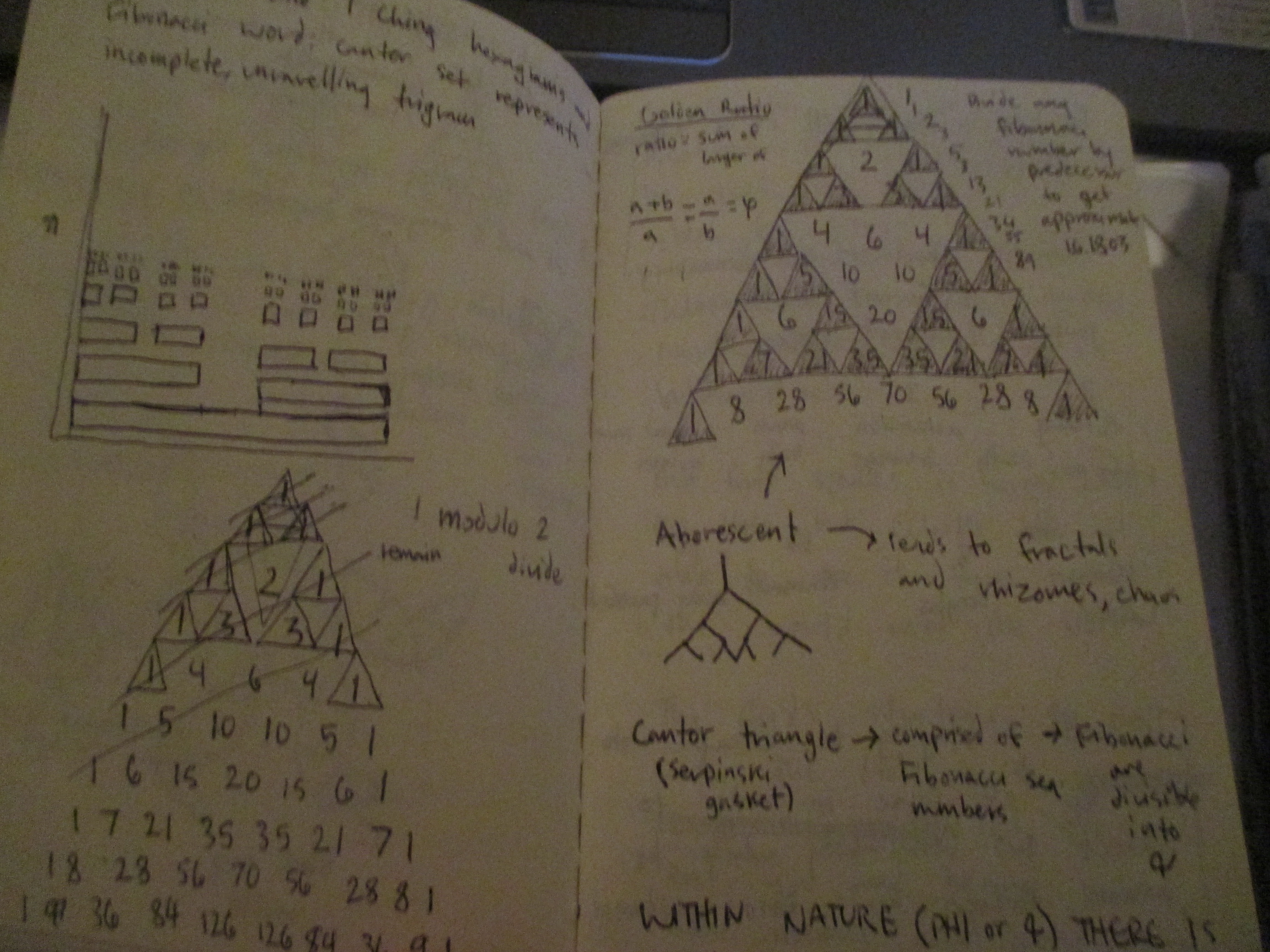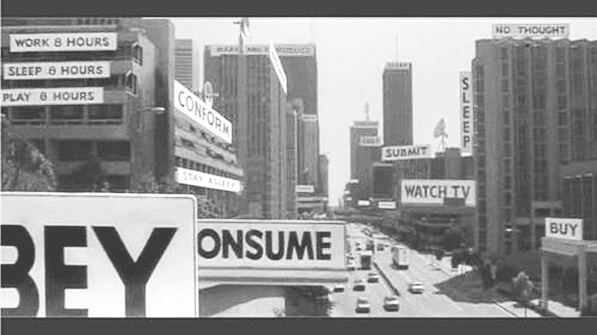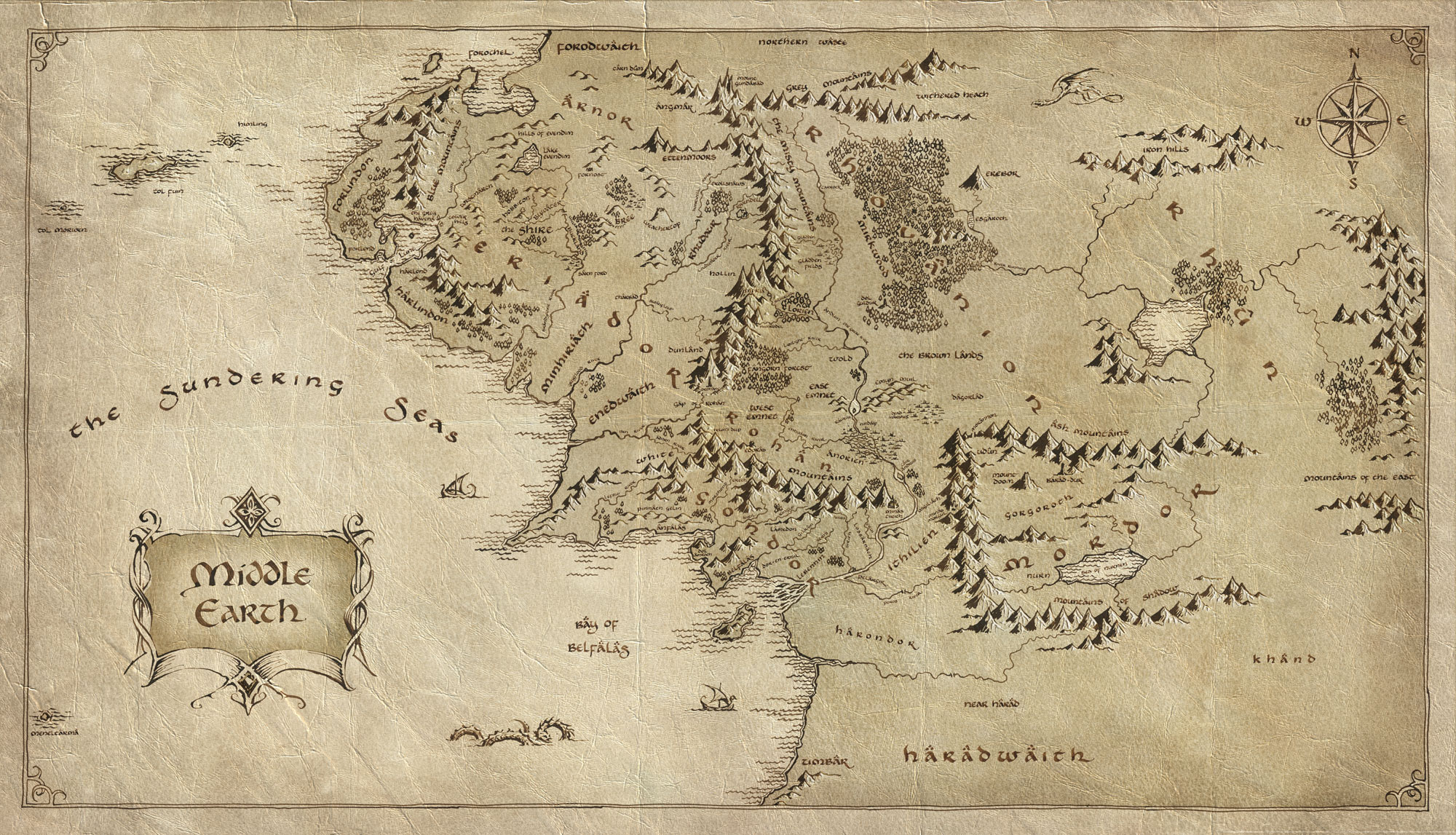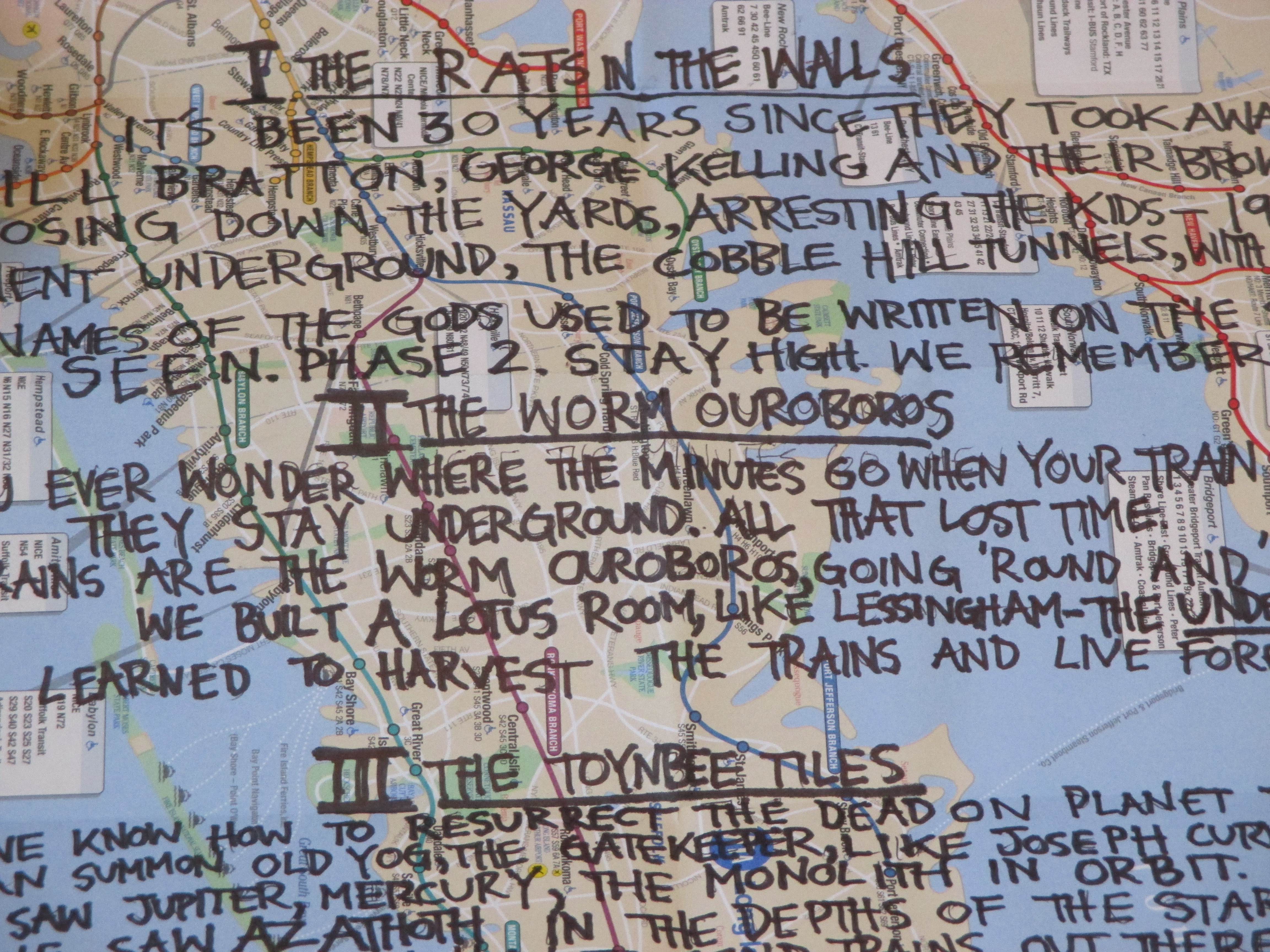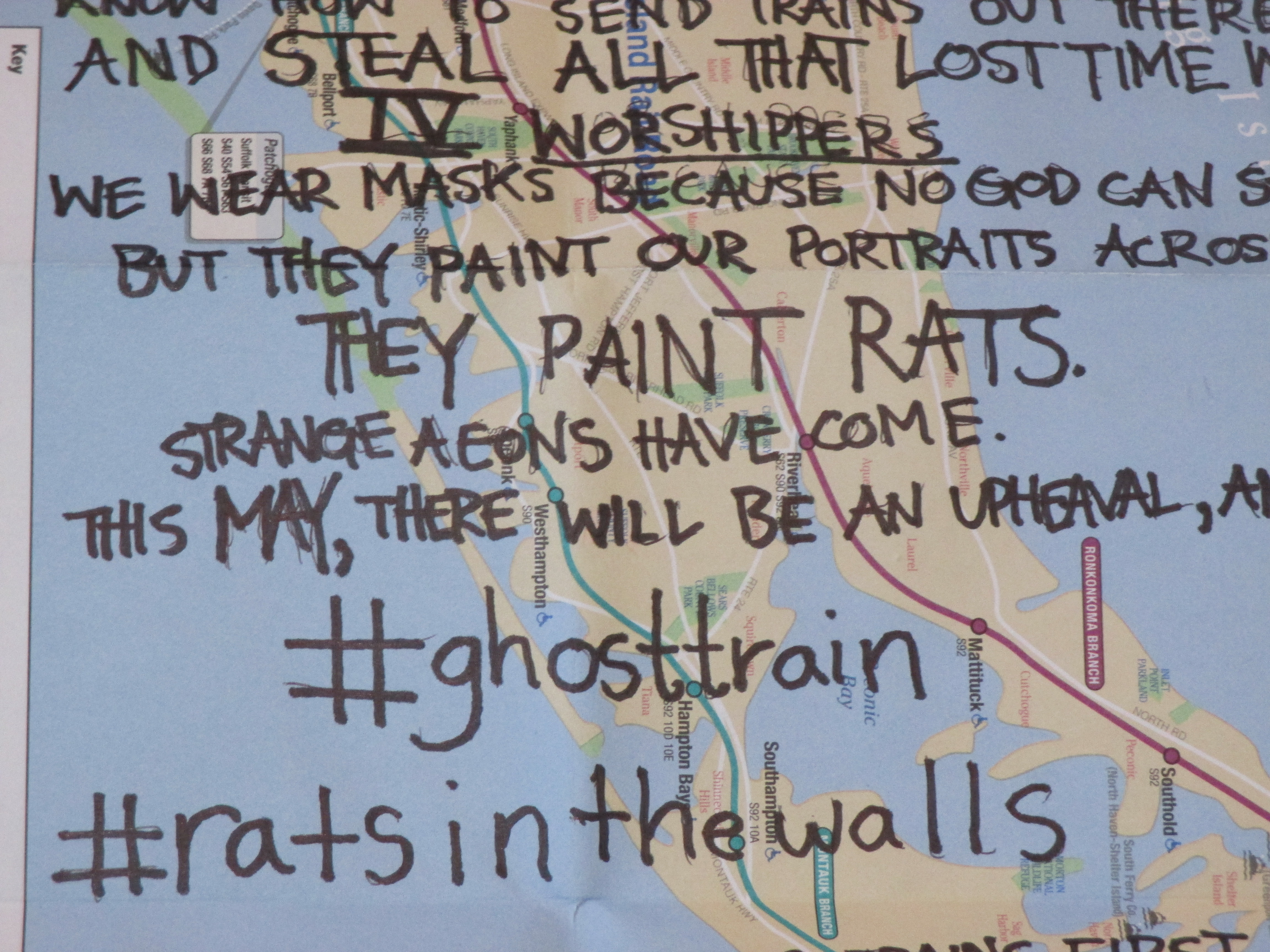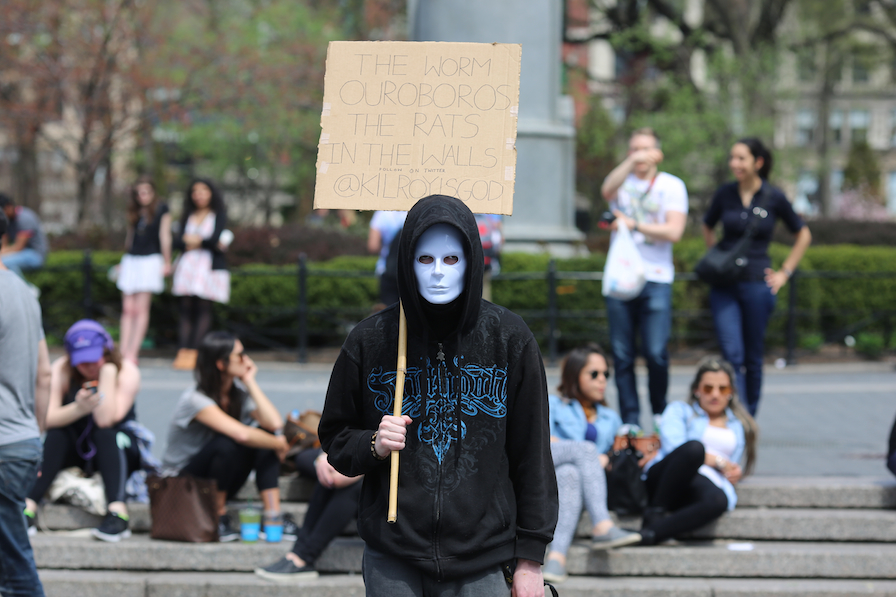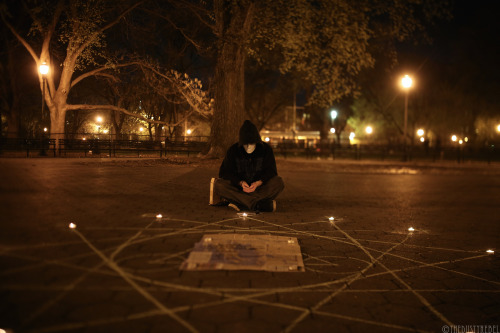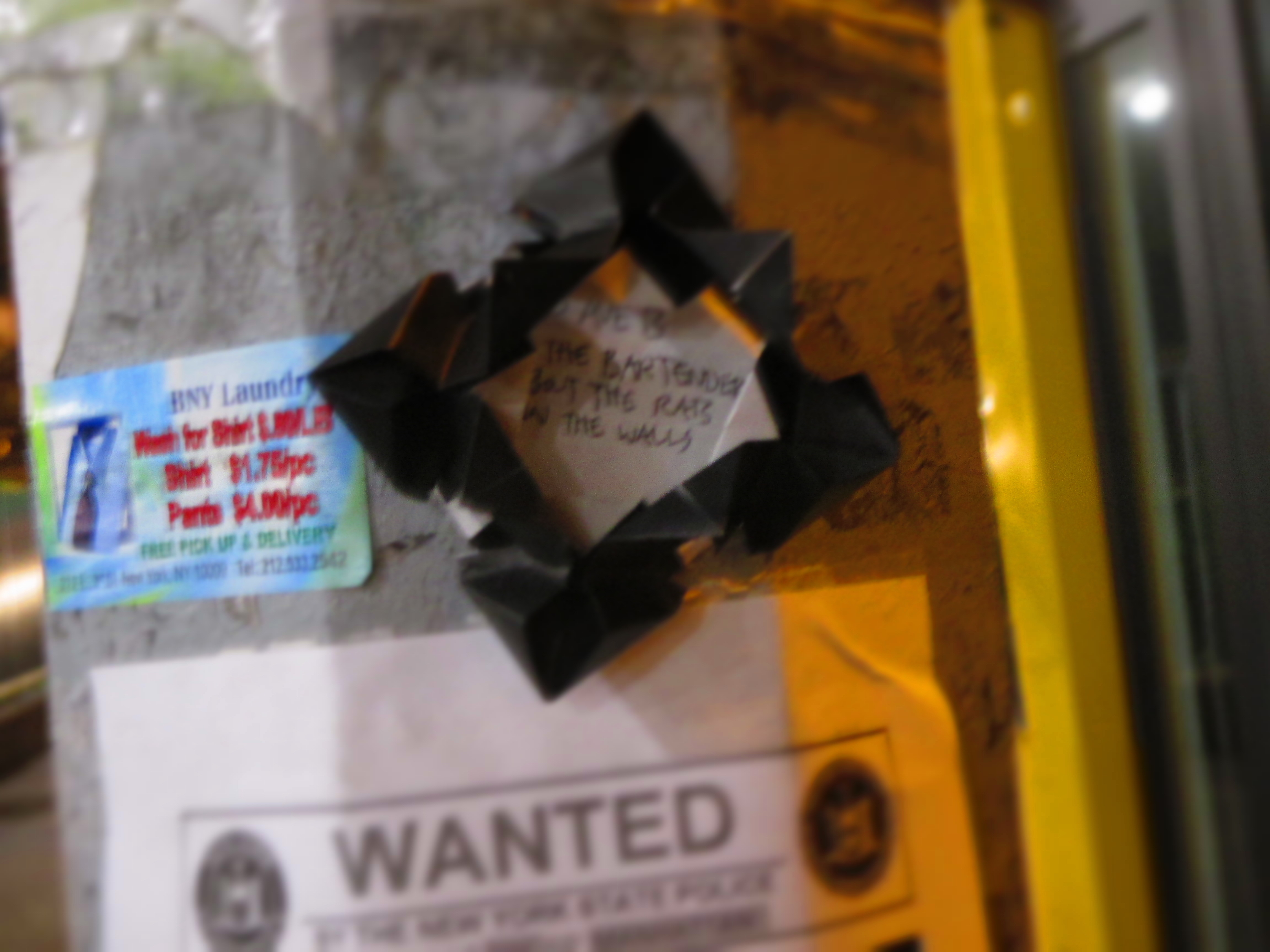Assorted Sketches (Spell maps and Oroboro), July 2015
POETRY IN MOTION Part 1: Magic as Poetry
Before I talk to you about magic, I challenge you to write something in iambic pentameter. Better yet, write a sonnet. Learning the pattern of stressed, unstressed syllables makes you pay attention to the rhythm and emphasis in your voice and sentences, and the stitching and unstitching of lines to fit the syllable count makes you think of the most efficient, concise way to convey your point—what words are the best ones to express the sound of the sea? The challenge of creating rhymes also makes you stretch yourself and plan ahead—what word do you want to end the poem with?
Writing a poem forces you to think in a certain mode, one that pays attention to the micro scale of things: syllables, rhymes, words, sentences. But when the poem is finally written according to the form, you have to step back and see if all the technical tweaks and revisions add up to something that evokes a certain effect. This is the deus ex machina of poetry. All the syllables, words, lines, and rhymes add up to more than the sum of their parts: they tell a story, evoke a feeling, or paint a vivid picture in people’s minds just by being read. A great example is Dylan Thomas’ famous poem:
Do not go gentle into that good night,
Old age should burn and rave at close of day;
Rage, rage against the dying of the light.
Though wise men at their end know dark is right,
Because their words had forked no lightning they
Do not go gentle into that good night.
Good men, the last wave by, crying how bright
Their frail deeds might have danced in a green bay,
Rage, rage against the dying of the light.
Wild men who caught and sang the sun in flight,
And learn, too late, they grieved it on its way,
Do not go gentle into that good night.
Grave men, near death, who see with blinding sight
Blind eyes could blaze like meteors and be gay,
Rage, rage against the dying of the light.
This is a villanelle, a poetic form that forces writers to repeat two lines in a refrain. In this case, the two lines are “Do not go gentle into that good night” and “Rage, rage against the dying of the light”. The villanelle is associated with obsession because of the repetition inherent in it, as if the author is repeating those two lines to themselves, over and over in different configurations, with all the rhymes based around those refrains.
I think that’s fascinating—that a specific pattern of lines, syllables, and rhymes can be especially suited to evoke obsession. It makes me think of the yoik tradition of the Sami, the native people of northern Sweden and Norway. A yoik is a song, sometimes spontaneous, that uses a combination of words and notes to evoke a person, place, or thing. It’s not about something or someone, it’s their essence summoned to a given time or place for the duration of the yoik.
What if magic could be poetry? Not just in the spoken sense, but in the mathematical, metaphysical sense? What if its structure evoked its subject, like the villanelle or a yoik? What if art imitated life? What if there was no difference between art, magic, and living?
MATRIX POETRY
Building off my last post about the conversion of magical ‘true names’ to binary, magical ASCII format, and eventually spoken/written syllables, there’s another dimension of magical notation to explore: how magicians write their spells.
Magic, to me, would look like computer code when written out in symbols: each spell would have parameters, a specific range of targets, and “commands,” with universe acting as the computer. The actual language of this code would take…years to develop, like a new programming language. But I’ve come up with some groundwork for it, and that’s the important element.
For my magic system, I imagine having 40 discrete magical syllables that make up all words, including true names and the accompanying magical programming terms that would form the scaffolding for spells. Magicians would have to learn this language and how to write in it, similar to computer coding, but there are added dimensions to it, ones that turn magic from UNIX into a kind of metaphysical poetry.
Supposedly, when a sculptor begins chiseling a work out a marble block, the sculpture is already inside the block—they just need to ‘free’ it. When you write a poem, you can think of the same metaphor: you have a set number of syllables, lines, and rhymes, and your poem exists somewhere within those constraints—you just need to find the right words to free it. A contrast would be computer coding, where you start with a blank slate and have to build your own sets of rules in order to realize your goal. If the constraints of a poetic form creates one perfect path to the goal, computer coding is free-verse, with a thousand possible solutions, all with varying degrees of efficiency.
If magic was essentially computer code, you would start from scratch and run dozens of trial-and-error tests until you struck upon something that worked. You would have no clue as to what the final spell would look like, how it would be structured, or how it would work. Instead, I envision magic with tens of thousands of built-in patterns, which can be learned like the rules of a poem and solved like Sudoku puzzles, with perfect solutions that can be derived in a similar way someone goes about writing a sonnet. Instead of magicians trying to impose order on a blank slate of a world, they need to learn the patterns that are woven into every aspect of it.
To be continued in Part 2.
High Resolution: Worldbuilding and the Small Details
I have a fascination with the metal buttons on pay phones, the pixels on old Zenith televisions, the writing on IV drip bags, and the lettering on manhole covers. I walk around New York with my hands running over metal railings and my eyes sweeping over the small details. Every stairway in the New York subway system has a letter and number designation written on a small plaque below one of the steps. Every restaurant in the city has a health rating in the window. And at the intersection of Madison and 30th Street is a Toynbee Tile.
Sometimes I sit on the wooden benches in the subway and imagine being the last man on Earth, confined to the island of Manhattan. I imagine crawling over every inch of it, studying a single patch of street asphalt with the same intensity as the Mona Lisa. There’s that scene in Ferris Bueller’s Day Off, where Cameron is looking at A Sunday Afternoon on La Grand Jatte, and he keeps looking closer and closer at the little girl, and the camera keeps zooming in on her face until it’s nothing but a bunch of colored dots.
Art has low resolution. Life, on the other hand, has infinite resolution.

There is a school of writing that says your job as a writer, first and foremost, is to notice things. This is what I was taught. It’s the same school of thought that stresses concrete details in every line of your writing, so that every dimension of your story is vivid, tactile, textured, and beautifully, truthfully rendered. All those candy wrappers and weeds poking through the sidewalk are your material as a writer, because they evoke the realness of everyday life. And that’s your job as a writer: to render life as realistically as possible. And you learn to do that by noticing the small details.
If you read American Psycho, 30% of the book is taken up in a meticulous catalogue of the colors, cuts, and brands of every character’s suit, tie, shoe, dress, cuff links and handkerchief. In fact, much of Patrick Bateman’s life seems to be taken up in the pursuit of an encyclopedic knowledge of style, fashion, and taste. This isn’t just because Patrick is a psychopath. It’s because all that matters in his social circles is the minutiae: the length of your coat sleeves, what you order at restaurants, and what kind of stereo you have. As you read, you begin to learn the language of affluence as if it’s a foreign culture, with Patrick as your guide. You get immersed in his world, his mindset, through the small details. So when the murders begin, they feel that much more surreal.

This kind of writing is based around the ideal of ‘verisimilitude,’ which is the appearance or quality of being real and believable. It’s what allows us to become immersed in a story, and, for a while, believe that it’s real. Many writers today do it by mining everyday life for those small, concrete details: smells, sights, textures. Those details immerse the reader in the story, and allow the illusion of fiction to happen.
So imagine you’re telling a story in a time, place, and universe that doesn’t exist. Imagine you’re writing second-world fantasy.
Maybe now you can understand how fucked you are. You don’t get to immediately pull from a shared pool of experiences. You don’t get to see your world laid out in front of you every waking minute, in all its minute detail. No, instead you have to steal, jury-rig, and cut from whole cloth the sights, sounds, and textures that will immerse your readers.
Watch a weather forecast, look at a street map of your town, or pick up an English-to-French Dictionary, and you’ll realize how hard it is to make up a world from scratch, down to the smallest details. But the real world is a good jumping off point. Learn about Zoroaster, the Zen poet Basho, and the economic collapse of Detroit. Then begin to work your way down to the feeling of varnished wood on your fingertips as you run your hand over the ribs of a suit of samurai armor, which is called the do. Find out what the little recycling number is on your box of cereal, and what that means about its composition. Stay up all night and watch the sunrise alone, and remember how it felt.
I think to make a good secondary world you have to be a whole universe boiled into one person, but if you do it right, you’ll never stop learning. About the stars, about music, about human history—fantasy is about bringing back stories from the bounds of imagination, and writing it is your excuse to explore it. What you’ll find, I think, is that you will begin noticing the small details around you, the pay phones and manhole covers, and admiring them as works of art, just as much as Beowulf is. There’s beauty in the small details.

And I think the advice given to writers, oftentimes, is the same advice given to those who want to make the most out of their life. Kafka wasn’t very upbeat, but he was always telling people to chase the sublime, to dive into what they feared the most in order to uncover what they needed to live. And there’s a quote by someone, maybe Picasso, that every piece of art is a self-portrait. I think that makes sense for writing fantasy, because if you’re going to write it well, it’s going to be ingrained in the way you live and the way you look at things.
Still, people will ask why you spend so much time building worlds, cultures, and metaphysics for worlds that don’t exist. What’s the use of these stories, or fantasy at all? There’s a scene in Wizard of Earthsea, when Ged picks up a plant called fourfoil, and asks the mage Ogion what its use is. Ogion replies,
“When you know the fourfoil in all its seasons root and leaf and flower, by sight and scent and seed then you may learn its true name, knowing its being; which is more than its use. What, after all, is the use of you? Or of myself? Is Gont Mountain useful, or the Open Sea?”
I imagine kneeling down on a sidewalk in New York and picking up a sprig of fourfoil growing out of the seam between the cement and a building. There is no use for fourfoil, but in that moment, with fifty-story buildings looming all around me and planes flying overhead and dozens of people walking by me to get to a bar or Grand Central, I see a spark of another time, another place in its tiny leaves.
If I can immerse people in a story, what is the use of reality?
Worldbuilding: True Names, Binary, and Mathematics as Magic
This weekend, I decided to sit down and flesh out the notation and structure of magic in my world. One of the key problems I ran into is how to represent something’s ‘true name’. Ursula LeGuin and other fantasy writers have built magic systems based around invoking something’s ‘true name,’ which can be spoken aloud in order to gain power over the named thing. For example, Ged from Wizard of Earthsea learns the true name for ‘sparrowhawk’ and is subsequently able to call down a sparrowhawk from the sky by speaking its true name. During Ged’s time at Roke, the school for wizards, he meticulously learns thousands of true names, delving down into the names for the smallest thistles. Humans in Wizard of Earthsea also have true names, which they keep secret from all but their closest friends.
Looking at how true names work in Wizard of Earthsea, it seems like humans and animals follow different naming rules: there is only one person with the true name ‘Ged,’ but the true name for ‘thistle’ seems to apply to all thistles equally—they don’t get unique names. This issue comes up in Earthsea as well: when Ged learns the true name for ‘goat,’ he speaks it aloud and causes goats to gather around him. He gets scared and yells it again, trying to make the goats go away, but it causes the goats to crowd closer around him. How did Ged’s invocation of ‘goat’ affect several goats, while his later invocation of ‘sparrowhawk’ only called down the single sparrowhawk? How does a wizard narrow his invocation to a single target, or specific group of targets?
TAXONOMY, TRUE NAMES, and NAMING A THOUSAND THINGS
Think about it: giving each person a unique ‘true name’ is relatively simple, but giving every grain of sand and tree a unique ‘true name’ becomes overwhelming. If all discrete objects and people are supposed to have separate existences, everything must have a distinct metaphysical identifier, or ID. You couldn’t target a specific person or thing with a spell unless they had some kind of identifier that set them apart from all other possible targets. But with all the trees, rocks, oceans, and birds in existence, the names given to each discrete thing would become very long and complicated in order to ensure that they were unique. This is a problem of taxonomy.
This is the first problem: coming up with a naming system that has the potential to offer everything in existence a unique identifier. The second problem is notation: how does a magician represent these names? What kind of notation would allow those complex names to be compressed into something manageable when trying to write or speak them?
These questions made me look into binary notation—computers can create symbols, images, and sounds based on binary instructions of 1’s and 0’s. Everything in the universe, except for irrational shit like pi, has the potential to be represented in binary. You could say the universe itself is made up of opposites, like Leibniz claimed. The same idea is represented in the I-Ching, which uses binary in a form of divination. So binary will be the metaphysical basis for representing my universe numerically and alphabetically. But binary numbers are extremely long because they only use two bits of information, so there has to be a way to compress them. The answer, I decided, is hexadecimal and octal numbers (octal because the I-Ching uses an octal structure, and I’d like to incorporate it into my magic system at some point), as well as ASCII to translate the binary into letters.
But how would magicians themselves translate the ASCII-like binary numbers into letters or sounds? I decided to draw on Vocaloids, which have specific encodings for each phoneme, or distinct sound, in their language. Using the Vocaloids as a template, magicians could become text-to-speech translators, converting ASCII binary representations of true names into alphabetical, spoken, and written versions of the names. All true names, then, would have a numerical significance to them as well as a linguistic significance.
THE SOLUTION: 40-BIT NAMES and Data Compression
This is my idea: I would like to use an eight-letter “functional name” that uses 8 of 40 possible letters for everything in my world. The functional name is the true name of a person or thing, expressible in writing or speech. Each of the 40 possible letters used to create that name, however, can be represented as an eight-digit binary number, just like ASCII. This means that each eight-letter name would be represented as a 64-digit binary number.
Now, I want my names to be compatible with the I-Ching, which uses octal notation, and I want to know the maximum number of digits in the octal number used to represent an 8-letter name that uses 40 possible letters. Using all 27 of the lowercase ASCII designations of the alphabet and 13 of the uppercase, I found that the octal number for any name using eight letters would have 21 digits max, and the hexadecimal number for the name would have 16 digits max. This helps me convert names into a format that the I-Ching can translate into bagua.
Here’s a summary of the different numerical and alphabetical representations of a true name:
Binary representation of true name:
01100001 01101011 01110101 01110010 01100001 01101110 01100010 01101111
Octal representation of true name:
605533527114133462000
Hexadecimal representation of true name:
616B7572616E6400
Functional name:
Akuranbo
Each of these conversions, from binary to octal to hex to the eight-letter name, represents a sort of data compression. The next step, which will take a lot more thought, is how the functional name “Akuranbo” can be translated into a single, compact symbol by translating its syllables into strokes or shapes.
Binary and magic: “All I see is blonde, redhead, brunette…”
The next question is whether magicians are really seeing 1’s and 0’s when they discover someone’s true name, like Neo in the Matrix. The answer would be no. In a metaphysical sense, everything can be expressed as binary, but there are hundreds of ways to express something or someone’s true name in my system, which is still under construction. These include expressing something’s name as a song (which expresses those 1’s and 0’s in rhythm and pitch, tempo and frequencies), expressing something’s name as movement (expressing the information in body motions, like a dance or the hand signs in Naruto). There is an almost infinite number of ways to analyze and represent someone’s true name, all of which are based on information that can be expressed in binary.
At the same time, I’m thinking that wizards and magicians in my world can immerse themselves in esoteric mathematics, discovering magical patterns using theory, similar to how astronomers can discover black holes using gravity and mass calculations. Considering how everything, from chemistry to music, can be expressed in mathematical terms, there will be mathematics woven into every aspect of my magic (like how geometry is woven into spell maps). One of the tools I’m looking forward to implementing in my world is the I-Ching, which turns a random binary system (flipping coins, essentially) into groupings of six bits (hexagrams), which can be translated into a table that converts hexagrams into one of 64 meanings. Imagine a magician taking stock of the state of world using an I-Ching-like system, predicting weather or earthquakes, or even human actions based off of things like the butterfly effect.
Even more interesting, imagine being a wizard who is trying to discover the true name of an enemy. When their very essence is contained in everything they do, every drop of blood and spit, you could take someone’s blood and begin to decode it, like finding DNA. You could begin to learn their essence through their speech, their movements, and begin to mimic them until you started to see their behavior consolidate into patterns that can expressed in graphs or functions, then dig into those numbers until you start finding the numbers that make up their name. This is all extremely high-level stuff for a wizard, near-impossible to master, but for the right kind of magician, the right kind of mind, approaching reality as a giant, dynamic math equation could yield tremendous insight…or absolute insanity.
Wonder vs. reductionism: Magic is not chemistry
One last thing. When anyone builds a magic system, there’s the tendency to treat it like a science. That makes sense, since you’re trying to create a system, which means there have to be solid rules and limits, and science is a collection of rules that describe the functioning of nature. Within a story, however, magic has to become more than just dry chemistry or physics—magic, I think, should reflect the nature and truths of your world, and the themes that appear in your stories. There’s a great scene in Hogfather by Terry Pratchett where Death gives Susan the ultimate challenge:
TAKE THE UNIVERSE AND GRIND IT DOWN TO THE FINEST POWDER AND SIEVE IT THROUGH THE FINEST SIEVE AND THEN SHOW ME ONE ATOM OF JUSTICE, ONE MOLECULE OF MERCY.
What Death is trying to say is that there is no meaning in the universe if we look at it from a purely logical, scientific point of view. But worldbuilding and fantasy have the ability to turn the very structure of the universe into a grand tapestry of meaning. What does it mean that magic in Wizard of Earthsea is based on names? To me, it means that humans in Earthsea are trying to catalog and control the world around them by turning the unknown into the known, which means that encounters with the unclassifiable and unknown, like the Nameless Gods of The Tombs of Atuan and the gibbeth in Wizard or Earthsea, are loaded with dread and meaning—these are things that are outside the bounds of magical naming and human understanding.
All of the rules and laws in a magic system don’t have to be explained, as long as they remain consistent behind the scenes. At the same time, having that ‘back-end’ of a complex, fleshed-out magic system allows your reader to start figuring out the limits and possibilities of magic, which creates a sense of realism and immersion. It also gives you limits to explore, test, and exploit, just as your characters would do—and that’s exciting.
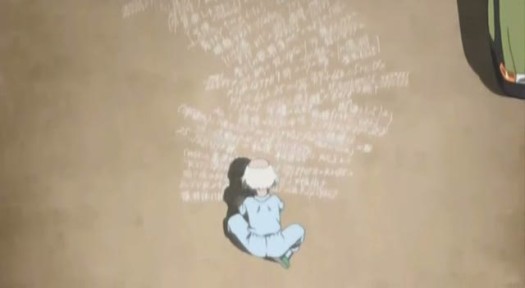
Just don’t fuck with this guy.
Click the circular button below to Share.
Don Quixote and Evan Puschak’s “Middle Earth and the Perils of Worldbuilding”
Hail. I am I, Don Quixote.
The meaning of the story of Don Quixote changes depending on the teller, but it begins with Alonso Quixano, an old man who reads so many stories about knights and dragons that he loses his ability to distinguish between fiction and reality. In his delirium, he sets out as Don Quixote, knight-errant.
There are some windmills in there, too.
What a lot of people don’t realize is that Don Quixote, upon its publication, signaled the death of the chivalric romance, the same books that told tales of knights and magicians, giants, chivalry, and virtue. Don Quixote was a clever, vicious satire in addition to being one of the greatest novels of all time, and its rise put the chivalric romance out of fashion. It also started a debate: what effect do books have on people’s minds?
I was watching a video by Evan Puschak about worldbuilding in fantasy yesterday. In it, he makes a couple of suggestions about the nature of fantasy novels, world-building, and the relationship between authors and readers. These, I think, were his main points:
- Reading is not the author telling the reader a story—reading is a game in which the author makes implications and the reader uses their interpretive toolbox to create their own interpretation of the story.
- Worldbuilding in fantasy novels today is largely based on a passive mindset within the reader because the reader is dependent on the author for the truth about their world.
- Fantasy readers’ intense desire to learn about an author’s fantasy world is dangerous because that obsession acclimates readers to passively accepting other forms of ‘worldbuilding,’ including political ideologies.
- Fantasy novels like Viriconium that challenge readers’ assumptions and make them question their preconceptions about literature and the world are valuable because they cause readers to abandon a passive mindset.
Evan’s video ends on the note that we should seek out impish, challenging books that don’t conform to our ideas about fantasy and make us question our relationship to the novel.
I agree with some of Evan’s points and I disagree with most, but it’s not really the points Evan makes in the video that I want to talk about. I want to talk about the ideas that lie beneath them, because those are the ideas that I really disagree with.
Running underneath Evan’s suggestions are concepts like the death of the author, Sausserean theories of symbol and language, sociology, Marxist literary criticism, and the Hegelian idea of the dialectic. I want to explain what these are, and what they mean to me when it comes to fantasy and writing.
YOU ARE ALONSO QUIXANO
When Evan says worldbuilding is dangerous, he uses a line of thought that’s influenced by sociology and Marxist literary criticism, which views humans as objects that are primarily shaped by their society and culture, constantly subject to different ‘ideologies.’ Ideologies are sets of ideas meant to manipulate people into certain behaviors, and are generated by those in power to control the populace. Evan compares George R.R. Martin’s worldbuilding to the commercial and political ‘worldbuilding’ of L’oreal and Fox News, and claims that if you readily accept the former kind, it’s easy to accept the latter.
The main idea of the video, which is subtitled the ‘perils of worldbuilding,’ isn’t about whether or not fantasy worldbuilding is the same as the commercials and commentary of shampoo companies and news networks—it’s about the Marxist idea that you, as a person, are solely the product of your society and culture, and that you are so vulnerable to be conditioned to accept certain ideas that worldbuilding in fantasy novels is dangerous to you. The books you read are acting on your subconscious, constantly rewriting your thoughts without your knowledge and guiding your decision-making in the future. Before you entertain the ideas in the video, you have to accept that premise.
FRODO LIVES, BUT GOD IS DEAD
Evan also shifts the definition of how a novel works in his video, claiming that a story is created through a reader’s interpretation of the author’s writing. This is different from what we usually expect the relationship between reader and author to be: the author comes up with an idea for a story and tries to convey it as best they can to the reader. Evan is substituting a model of reading that stems from a concept called “the death of the author,” in which the reader, not the author, is the person who decides the meaning of the story. The reader does this by looking at the story through any number of different lenses—these can be socio-political, religious, economic, or racial.
What Evan is finding problems with specifically, however, is worldbuilding within fantasy. It’s a corruption of the relationship between reader and text, he claims, to have a dimension of the story that is not up for interpretation—in this case, the geography, history, and magic of the fantasy world, which is all understood and explained solely by the author. That, to Evan and his theoretical background, is a problem.
This is because Evan’s body of literary theory, called critical theory, is also influenced by Friedrich Nietzsche, an existentialist philosopher who rejected any philosophies that claimed to have a monopoly on truth and morality, and instead claimed that we all must find own definition of morality and our own way to live our lives. One of Nietzsche’s famous claims was that God was dead, meaning that in this new, modern era, appeals to universal truths, like religion or Kant’s philosophy of deontology, had proven to be irreparable failures, and that we had entered a new era of unparalleled freedom, unbeholden to any external authorities.
This comes all the way back to authors being the source of truth about their own books. Evan and critical theory reject authors as being the final authority on their own works, because in their view, there is no such thing as ‘truth,’ only interpretations.
THE IMPOSSIBLE DREAM
Finally, Evan’s encouragement to seek out books that make us question our assumptions about fantasy and novels themselves (as well as his championing of Viriconium) comes from an idea called ‘the dialectic.’
The dialectic is a way to chart the growth and development of ideas, and begins with a thesis, or the proposal of an idea. Then a negative reaction comes, called the antithesis, which disagrees with the first idea. The two come into conflict, and create a synthesis, from which a new idea is taken. Then the process starts all over again. The dialectic, according to critical theory, should be a model for the way we live and think: everything we accept should be treated as a thesis to be questioned, negated, deconstructed, and rebuilt anew.
The directive to constantly challenge yourself and your preconceptions, to unsettle or overturn the established order, and especially to pursue books that do not conform to the usual structure of a novel comes from the idea of the dialectic. On the surface, this seems to be the essence of open-mindedness and the progressive ideal—question, debate, discover!—but the problem is that there is no goal or ideal that the dialectic is striving for. Every thesis must be attacked simply for being a thesis. More than that, we should not strive to find something true and eternal and constant—we should pursue constant change, never allowing ourselves to build a dogma. The dialectic is change for change’s sake–there is no utopia it’s trying to achieve, no final goal.
What is the goal of writing and reading, then? To deconstruct and question the definition of reading and writing, and build a new model. The cycle will then begin again. Like the dialectic itself, books and reading are not avenues to truth, catharsis, understanding, or meaning–they’re ends in themselves, to be explored, destroyed, and reconstructed.
In the mindset of the dialectic, it’s quixotic to believe in any kind of truth or any purpose to reading and writing beyond being an exercise in thesis and antithesis: everything is just grist for the mills.
MADDEST OF ALL
I wrote a manifesto for why I write a while ago. It starts like this:
“I don’t know if it’s a characteristic of this age or a sign that we’ve come to a fuller understanding of life, but nothing seems certain today. The more you pull the string of who you are, who you love, what you should do and why, the more string keeps coming. There has to be something solid to hold onto, something that’s undeniably true. And what I inevitably come back to is the knowledge that if we are all lost, we are lost together. Writing is a way to bring people solace by showing them that, ‘in the face of all aridity and disenchantment’, there is solace in each other and wonder in being alive.”
And it ends like this:
“I want my [stories] to soak into their mind until little black drops of it start dripping onto their soul. There’s too much in our hearts that never gets to see the light of day: terror, sorrow, joy, desperation, and wonder. When a story begins to awaken these feelings, it reminds the reader that, dear God, life has some sort of power running underneath all these crosswalks and Wednesdays and rent payments. It’s like waking up from a dream and seeing the world for the first time, unfurling in all its terrible and asymmetric beauty.”
Writing, to me, is about creating something that illuminates people’s lives. That comes from my belief that there are truths that can unite people, and some human condition that we share, and that I, as a person, can create stories that evoke that human condition. This belief stands in opposition to the philosophy that drives Evan’s assertions about fantasy writing and worldbuilding, and it goes against many of the critics who are trickling into the sci-fi and fantasy genre, many of whom are influenced in some way or another by critical theory.
This, for me, isn’t just a conversation about literary theory; this is a discussion about how we view the world and what guides our lives. That’s why I care. I’ve told my side, now it’s up to you to go out, read some more, think some more, and decide what you believe in.
I’ll end with a clip from Man of La Mancha, a movie that shows another side of Don Quixote, the novel that killed knights and magic. This scene shows a fictional Miguel Cervantes and his answer to why he writes.
Click the circular button below to Share this post.
The Rats in the Walls: New Date
The Rats in the Walls has been rescheduled for May 24th, 10 AM.
Follow the hashtag #ghosttrain and subscribe to the Rats at @kilroyisgod to watch the conspiracy unfold.
THE RATS IN THE WALLS BEGINS MAY 10TH
“The Rats in the Walls” is a city-wide conspiracy led by the eponymous graffiti crew and its masked spokesman, Kilroy. Since March, chalk summoning circles, origami lotuses, and Kilroy himself have appeared on the streets of Manhattan, hinting at what was to come.
Now, on Sunday, May 10th at 10 AM, something will unfold across New York City. To follow the conspiracy and take part, watch the hashtags #ghosttrain and #ratsinthewalls on Twitter this Sunday, and follow @kilroyisgod.
Kilroy is rumored to make one final appearance in Union Square on Saturday, May 9th–this will be the last chance anyone has to speak with him before it begins.
May 10th, 10 AM
#ghosttrain and #ratsinthewalls
Follow at @kilroyisgod
The Rats in the Walls: Word is Spreading.
The hour is getting late, and word of the Rats in the Walls is spreading. Both ANIMAL New York and The Dusty Rebel have written up articles about Kilroy and his activities in Manhattan, which can be read below:
Kilroy: Tompkins Square Invocation by the Dusty Rebel (Daniel Albanese)
NYC Occult Performer Summons the Rats in the Walls by ANIMAL New York
Follow @kilroyisgod, and watch #ratsinthewalls for more updates.
Click the circular button below to Share.
Rats in the Walls: Lotus Scavenger Hunt
Starting today, you can find black origami lotuses scattered around the East Village below 11th St and east of 2nd Ave, accompanied by WANTED posters of Kilroy. Every lotus has an address and a message, leading you deeper into the Rats’ conspiracy. Follow Kilroy on Twitter @kilroyisgod and receive a map of the lotuses’ locations, revealing their terrible symmetry.
Follow the hashtag #ratsinthewalls to keep up on the occult activities of the Rats, like the new Tree of Sephiroth in Union Square.
Click the circular button below to Share.

